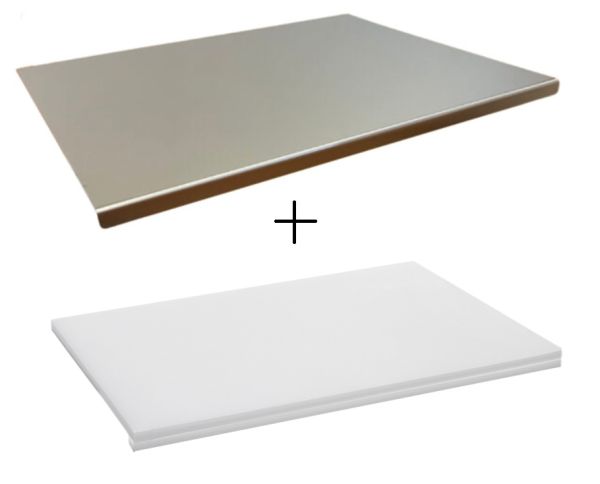Language
WORLDWIDE SHIPPING
Professional Cutting Board Set 40x60 cm in Stainless Steel and Antibacterial Polyethylene
€68.50
€56.15
Availability:
In stock
The 40x60 cm Cutting Board Set combines two essential tools for every chef and foodservice professional: a solid AISI 304 stainless steel cutting board and a durable antibacterial polyethylene cutting board. Together, they offer maximum hygiene, versatility, and long-lasting performance, adapting to different food preparations in both kitchen and pastry environments.
Stainless Steel Cutting Board 40x60 cm
Made entirely of 18/10 stainless steel for food use, it is ideal for processing meat, fish, vegetables, and dough.
° Usable surface: 40 × 60 cm
° Raised edge: 2 cm on one side for stability and hygiene
° Finish: satin/brushed anti-fingerprint
° Thickness: 1.2 mm
° Edge structure: continuous fold with no sharp corners, rounded edges
° Compatibility: suitable for contact with aqueous, acidic, alcoholic, and fatty foods
Advantages: large and easy-to-clean surface, protects the worktop, ensures stability during professional use.
Antibacterial Polyethylene Cutting Board 40x60 cm
The AB polyethylene cutting board is designed to provide a higher level of hygiene and safety:
° Antibacterial action: inhibits the growth of bacteria and fungi, reducing biofilm formation
° Practicality: reduces the need for aggressive and frequent cleaning, lowering maintenance costs
° Stability: equipped with stops to ensure a safe cutting base
° Size: 40 × 60 cm
° Height: 2 cm
° Color: white
Advantages: hygienic, durable, and safe for any type of food, from vegetables and meat to dough.
Areas of use
This cutting board set is perfect for:
° Professional kitchens
° Food laboratories
° Butcher shops and fishmongers
° Pastry shops
° Catering and foodservice
With this combination, you will always have the robustness and hygiene of stainless steel and the antibacterial safety of polyethylene, ensuring a clean, safe, and efficient working environment.
FAQs

 IT
IT FR
FR
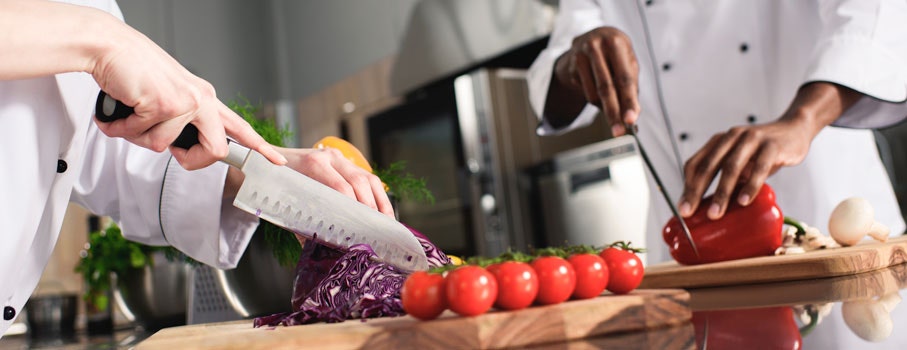
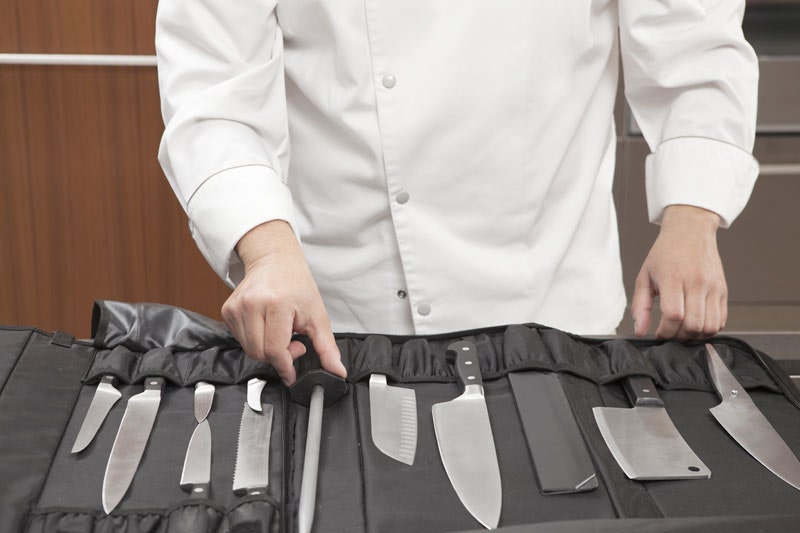
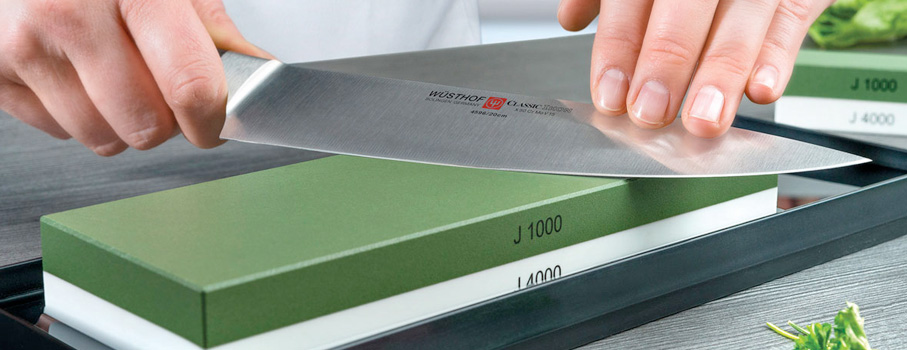
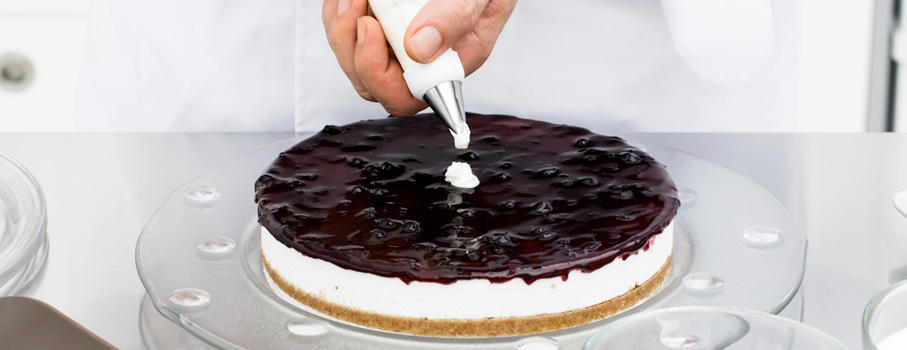

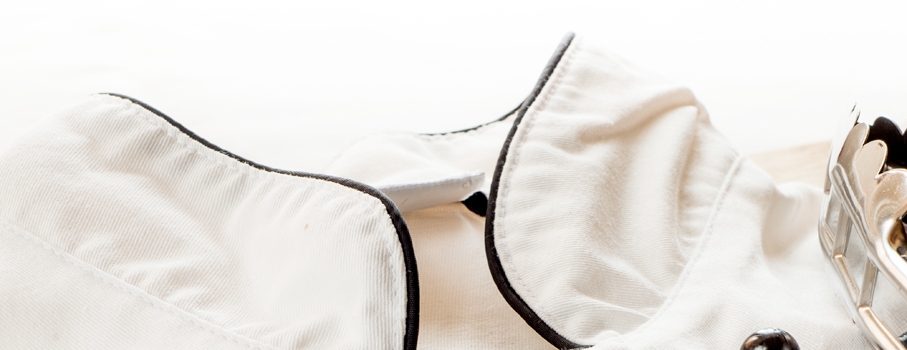
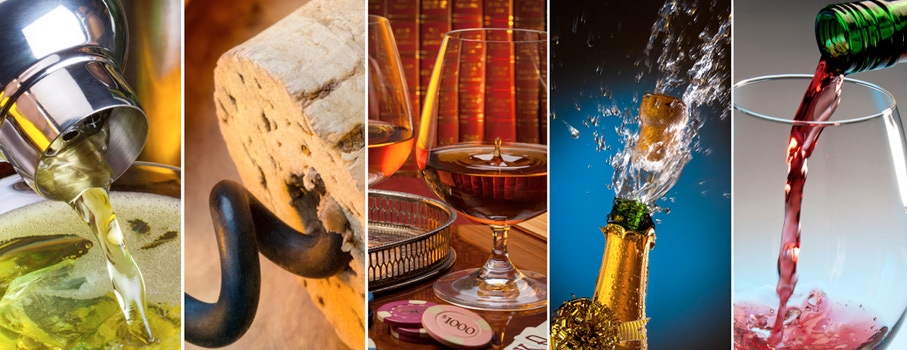
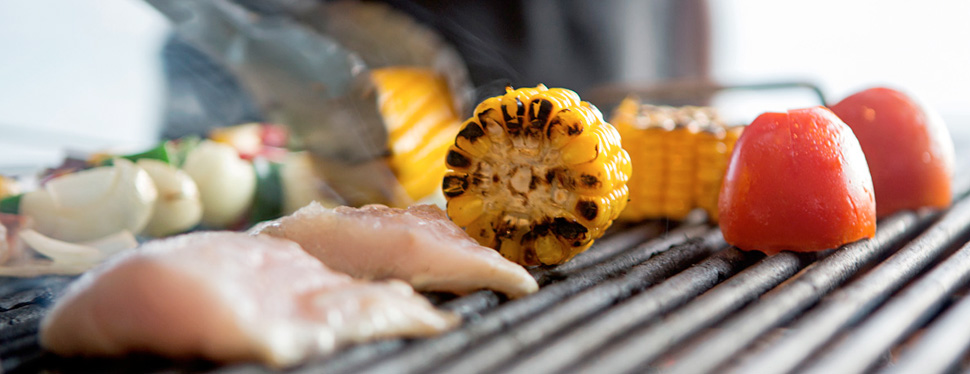

 IT
IT FR
FR
